How to choose a kids bikes- the ultimate guide.
The most common query is, How to choose a kids bike? The right bike size, type, etc Let’s face it: it’s a mess! First, the standard for sizing children’s bikes differs from adult bikes.
There may also be significant variations in stand-over height and seat post height across manufacturers, even when discussing bikes with the same sized wheels’ shorts for kids.
Finally, even though a bike may be marketed to children as young as 5, not all children in that age range are the same size. A single bicycle will not be optimal for both children. You don’t have to rip your hair out or try on a bunch of different bikes to determine your size.
We’ve advised hundreds of families on the best bike size for their children. Three suggestions to ensure you buy a bike that fits you well the first time.
Get Your Kid the Right Size Wheels-How to choose a kids bikes -size
The wheel diameter is used to size children’s bicycles. Pedal cycles come in a wide range of sizes, with 12-inch wheels being the smallest and 24-inch wheels being the largest.
While most 26-inch bikes are designed for adults, several companies also create youth versions that are more suitable for younger riders. The smallest wheel size for a balancing bike is 10 inches, while most have 12- or 14-inch wheels.
Your child’s wheel size is the best place to start when limiting their required bike size. Probably because we’re using a range of ages for typically sized children as our basis for this.
The recommended size range may not be appropriate for your child if he or she is very short or tall. Don’t let it overwhelm you; instead, use it to get a sense of what size wheels your child may require.
Children’s Bike Size Guided not forget that this is just a suggestion. If you’re not sure what size bike your kid should be riding, use this handy chart to obtain a ballpark estimate.
bike size chart by height
| Wheel size | Age | Height | Inseam |
| 12” | 2-3 | 2’10”-3’4” | 14-17” 35-42 cm |
| 14” | 3-4 | 3’1”-3’7” | 16-20” 40-50 cm |
| 16” | 4-5 | 3’7”-4’0” | 18-22” 45-55 cm |
| 18” | 5-6 | 3’9”-4’3” | 20-24” 50-60 cm |
| 20” | 5-8 | 4’0”-4’5” | 22-25” 55-63 cm |
| 24” | 7-11 | 4’5”-4’9” | 24-28” 60-72 cm |
Also read: children ‘s bike size guide
Take your kid’s height and inseam measurements.
To measure the child’s inseam (inside leg length), you will need a tape measure, a large hardcover book or notebook, and a pencil. Here’s how to do it:
- Ask the child to stand against a wall.
- Place the book or notebook between the child’s legs, with the spine facing upward.
- Use the pencil to make a mark on the wall where the book’s spine meets.
- Measure the distance from the mark to the floor using the tape measure. This measurement is the child’s inseam.
By measuring the inseam, you can better understand the appropriate bike size for the child’s leg length and ensure a comfortable and safe riding experience.
Bicycles with 2-inch and 14-inch wheels are generally suitable for children in the approximate age range of 2 to 4 years, depending on their height and leg length. These bikes, available in balance and pedal bike options, allow young riders to learn balance and coordination while having fun and gaining independence.
16 inch kids bikes
Bicycles with 16-inch wheels are commonly suited for children aged 5 to 8, depending on their height and leg length. These bikes, often serving as a child’s first pedal bike, typically feature rear coaster brakes and a single speed.
Many come with removable training wheels, while some families may opt for cruiser bikes for added style at this stage.
20 inch kids bikes
Bicycles with 20-inch wheels are generally suitable for children in the approximate age range of 6 to 10 years, considering their height and leg length. As the wheel size increases, so do the bike features. Most 20-inch bikes, except for cruiser bikes, are equipped with hand brakes and offer options for multiple gears, providing young riders with more advanced features and capabilities.
24 inch kids bikes
Bicycles with 24-inch wheels are typically suitable for children in the approximate age range of 8 to 12 years, considering their height and leg length. You’ll find bikes resembling adult bikes with various options and features at this size. It’s important to consider both the fit of the bike and the intended use.
If the child plans to ride off-road or in the city, gears and hand brakes are common features to look for. Different gear options are available depending on the bike style; generally, better components can be found at this size.
Step Three: Research the Bicycle(s) You’re Considering
If you believe your kid requires a 14-inch bike, that doesn’t imply just any 14-inch bike will work. A bike’s stand-over height and minimum or maximum seat post height may vary widely. Find a bike that will be the best fit for your child. Bike manufacturers do not always provide a stand-over height.
You should check the length against your kid’s inseam if they do. Your child’s stand-over height is the distance between the ground and the top tube of the bike frame while he or she is standing with one leg over each side.
Therefore, the inseam of your child’s pants must be at least as long as the stand-over height. Your youngster will need a little more room than that to ride the bike safely and confidently. Ensure your kid can easily stand above the bike’s top tube for safety.
Tricycle for Children, the lowest recommended seat post height for a specific bicycle, is another crucial detail to research. Whether you’re shopping for a balancing bike, a first pedal cycle, or a bike for an experienced rider, the minimum seat post height will be different depending on the child’s inseam. Ensure the seat post height on the balancing bike is no more than your child’s inseam.
Your toddler can scoot and balance on the ground with their feet flat. For example, if the bike’s minimum seat post height is 12 inches, the youngster must have at least that much inseam. In such a case, you should probably opt for a bike with lower seat post height.
Your youngster should be able to sit on the seat of a balancing bike with their feet flat on the ground. Remember that your kid’s inseam should be at least as long as the bike’s minimum seat post height or no more than an inch and a half.
This is so that youngsters whose legs are too short to reach the pedals may rest their feet flat on the ground. This allows them to stand firm and “scoot” if they so desire.
Once your kid has mastered pedaling without training wheels, you may choose a bike with a seat post that is 1 to 3 inches taller than their inseam. Your toddler can get their toes on the floor without putting their feet flat
. This assured rider is on the shorter end of the size range for this bike, but she can still easily reach the ground. If your kid has an inseam of 20 inches or less, you should be OK purchasing a bike in the 20 sizes.
They won’t be able to put their feet on the ground, will have trouble reaching the pedals, and will certainly fall or damage themselves.
How to choose kids a bikes–Material
Kids’ bikes come in a wide price range because of the various materials utilized, each influencing the bike’s longevity, portability, and visual appeal. Metals like steel and aluminum are the norm for kids’ bikes.
Steel bikes are the best value since they can take a beating and keep ticking without breaking the bank. Steel motorcycles are heavier than their aluminum counterparts and rust if exposed to the elements. Aluminum bicycles are expensive but worth it due to their low weight, long lifespan, and lack of susceptibility to rust.
How to choose kids a bikes -Gears
keep things simple, most kids’ bikes have one speed, but as the youngster grows in confidence and ability, extra gears may be added. To begin, the pedaling ratio of a single speed is often low, making it easier for youngsters to ride.
If the bike remains a single speed, the ratio between the pedaling effort and the potential.
How to choose kids bikes -Gears-shifter–
A single front cog and numerous rear cogs with a shifting mechanism on the handlebar are usual when many gears are available. Some 20-inch bikes have as many as 24 gears, with three cogs up front and another seven or eight at the back. Typically, youngsters will have access to seven or eight speeds.
How to choose a kids bikes -Chains guards
Chain guards are common on children’s bicycles; they prevent the rider from catching their leg or having their clothing or shoelaces caught between the chain wheel and the top run. It may be removed anytime, but having it on offers some security when learning to ride.
How to choose a kids bikes -Tires
Rubber, honeycomb rubber, solid rubber, and hard plastic are only a few other materials used to make tires. You may discover solid tires on balance bikes and 12″ and 14″ kids’ bikes, but you’re more likely to come across pneumatic tires as the size of the bike grows.
Most vehicles now use pneumatic tires, which provide several advantages over other types, including a smoother ride and better handling. Different models use tread patterns, such as knobby tires resembling mountain bike tires, normal tread patterns, or “slick” (no tread pattern) tires resembling road bike tires.
The tread design should be carefully considered considering the child’s intended use and the terrain the child will be riding on. Pick a tire tread appropriate for the terrain so the kid has the most outstanding experience possible.
A more prominent tread pattern may give traction on rocky terrain and help drain mud when riding on off-road routes. Smooth conditions are ideal for the higher speeds and less rolling resistance of slick tires.
How to choose a kids bikes -Weight
The bicycle’s mass will be determined mostly by its dimensions, construction materials, and tires. Remember that a youngster will find it more challenging to handle and less enjoyable to ride a bike that is too heavy.
Steel bikes weigh more than aluminum ones, and having more gears, a larger rear tire, a kickstand, and hand-operated lever brakes all add extra poundage. Depending on the child’s weight, height, and age, the ideal weight range for a child’s bike is 25–40% of the child’s weight.
If feasible, keep the bike’s weight to less than half the child’s. An average adult mountain bike weighs around 15–20 percent of the rider, who is 75 kg.
How to choose a kids bikes – Brakes
The two most common kinds are coaster brakes and brakes actuated by a lever. Coaster brakes are seen on smaller children’s bikes since little children don’t have the arm and hand strength to use a hand lever brake.
Balance bikes and the tiniest other bikes may include hand brakes that are actuated by a lever, but their primary use is for teaching proper technique rather than stopping the bike.
As was previously said, this handbrake may not be sufficient for children under five; thus, a coaster brake should also be used. When a youngster is ready to operate, a handbrake depends on strength, confidence, and physical maturity.
Both front and back brakes are often handled by hand on larger bikes.
Seat Height
It’s important to double-check the seat height of the bike you’re interested in buying since, as previously noted, tire size selection is not predictive of seat height.
Measure your stand-over height and the bike’s lowest and highest possible seat heights. Bicycles for children often start with a seat height of 25 cm (10 in) and continue up to adult sizes with seat heights well over 100 cm (40 in).
Having the youngster stand over the bike is the best way to see whether they are a good fit. As a backup, you may measure their inseam and add 3.5 cm to the seat (around 1.5 inches).
There should be at least a couple of inches of headroom above the bike (rather than on the seat). If the kid falls forward out of the seat, the space will cushion the fall and lessen the likelihood of harm. Because of this, most frames have a sloping top tube.
Training wheels and stabilizers aren’t without their pros and cons. A child’s lack of leg power to operate the pedals and the bike’s weight may necessitate training wheels in the first stages of riding.
And for kids who have never ridden a balance bike or scooter, jumping on a pedal bike without training wheels is a big step.
The use of training wheels has been criticized because they in still cause unsafe behaviors in youngsters and make the transition to independent riding more difficult.
Weight shifting to the training wheel rather than the rear wheel reduces braking efficiency, especially while turning. If you decide to use training wheels, remember to start them at ground level and elevate them as your child gains confidence. Once the kid is ready to go out into the world without them, you may take them away.
Various other factors Since most children’s bicycles have flat handlebars, the child’s grip will affect the bike’s maneuverability. The grips are a major point of contact, so ensure they are not too thick for children’s hands.
For further safety in the case of a fall or a scrape against a wall, bush, or other sharp items, seek grips with substantial bulges on the exterior for smaller bikes.
kickstands
Bikes without training wheels should have kickstands so riders don’t have to put their bikes down when they stop. It’s important to remember that not all bicycles include built-in kickstands.
There is a seemingly unlimited variety of accessories available for children’s bicycles, including but not limited to: lights, reflectors, pedals, water bottles and cages, bells, baskets, and tassels. etc.
Some bicycles have all these features and more, while others have none. It’s worth it, to be sure, since it might make the ride much more pleasant for the kid.
warranty
Check the warranty just as you would with any new item. Verify the scope of protection, the duration of the policy, and the steps necessary to renew the policy. Check with the manufacturer to see what kind of guarantee they provide on the bike’s components and frame before you buy.
The importance of a guarantee depends on the number of kids who will be riding the bike. Many generations of children may use your investment in a balancing bike now.
Pedals:
Both sides of the pedals should have a sticky or rough surface to prevent the kid’s feet from slipping off when riding. This will make the youngster feel more at ease on the bike.
Price –What’s the difference between a $100 bike and a $400 bike?
There is a significant difference between low-cost and premium bicycles in terms of the quality of their components. Cheap bikes usually have inferior quality parts, which wear out quickly and do not perform optimally. On the other hand, expensive bikes have top-quality ingredients that are designed to last longer and perform better. Therefore, riding a high-end motorcycle guarantees a smoother, more reliable cycling experience.
Although the price of a kid’s bike may vary widely based on its size, construction, and style, there are a few considerations to consider when setting your spending limit.
Kids outgrow their bikes quickly, so planning and deciding whether this one will be passed down or sold is essential. Keep it in good shape, and don’t get rid of the accessories that came with it, such as the replacement parts, reflectors, and instructions. Picking gender-neutral hues might boost sales since they appeal to both boys and girls.
Where is the better bet, a department store or a bike shop, for your needs? People who work at bike shops are expected to know what they’re doing, to build bikes safely, and to be available as a point of contact should something go wrong.
If you buy a bike from a department store, you’ll have to assemble it yourself and have fewer options for troubleshooting if anything goes wrong because of the business’s lack of biking expertise. Like most things, you get what you pay for, and the bikes sold in bike shops tend to be of greater quality than those offered in department stores.
Not all the accessories mentioned above are included with the bike. So, when you buy a bike, know what comes with it and what extras you may need.
The bike will arrive with the essentials, such as lights, a bell, and brakes, but accessories like training wheels, kickstands, and baskets may not.
Also, read best kids’ Bikes to select the right one for your kid.
FAQS
what size bike for a 4 year old?
For a 4-year-old, a 14-inch wheel size bike is recommended, suitable for children aged 2 to 4 with heights ranging from 37 to 44 inches.
what size bike for a 6 year old?
For a 6-year-old child, a 16-inch wheel-size bike is recommended. These bikes are suitable for kids aged 4 to 6, with heights ranging from 41 to 48 inches.
What bike size for 7-year-old ?
Bike size for 7-year-old -A 20″ bike is typically suitable for a 7-year-old. Still, since children grow at different rates, it’s advisable to consult a bicycle size chart for children and consider their height and inseam measurements.
Based on that, they might be ready for a 24″ bike, providing a second opinion on the appropriate size.
What age range is a 20-inch bike for?
A 20-inch kids’ bike is typically suitable for children aged 6 to 8 years old. However, if the child is already 8 years old or is taller than average, considering a 24-inch bike would provide more room for growth.
Starting with a 20-inch bike at 6 or 7 years old would likely allow them to continue riding it until they are 8 years old
What age is an 18-inch bike for?
An 18-inch bike is typically suitable for children aged around 5 to 6 years old. However, it’s important to note that every child is different, and factors such as height and leg length should also be considered.
On average, an 18-inch wheel bike is suitable for children with a minimum inside leg measurement of approximately 50cm and a minimum height of about 110cm.
what size bike for 12 year-old?
For a 12-year-old, the recommended bike size would typically be a 26-inch wheel bike or a bike with a frame size of around 14 to 15 inches. However, it’s essential to consider the individual child’s height, leg length, and overall body proportions.
It’s always best to consult a sizing chart provided by the manufacturer or visit a local bike shop to ensure the proper fit and comfort for the child.
Conclusion
How to choose the kids bike involves carefully considering several key factors. Start by determining the appropriate size and type of bike for your child’s age, size, and skill level. Prioritize safety with essential features like brakes, reflectors, and helmets.
Opt for durability and adjustability to accommodate growth, ensuring the bike will last for years. Take the time to involve your child in the selection process, letting their preferences and comfort guide your choice.
Finally, remember the importance of proper maintenance and education to ensure your child’s safe and enjoyable riding experience. With these steps, you can choose the perfect kids’ bike that fosters a love of cycling and a foundation for a lifetime of riding.

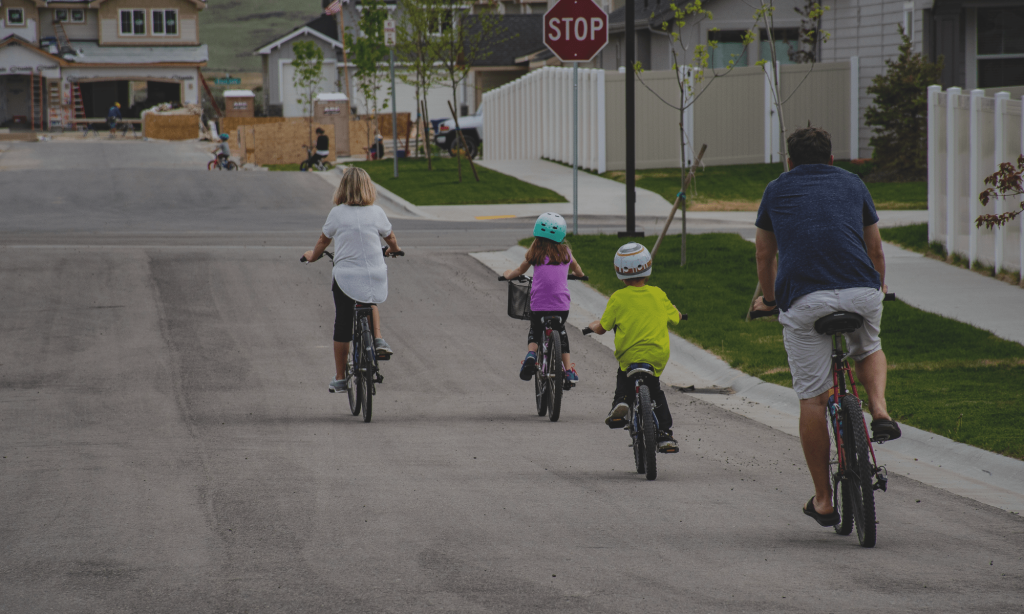
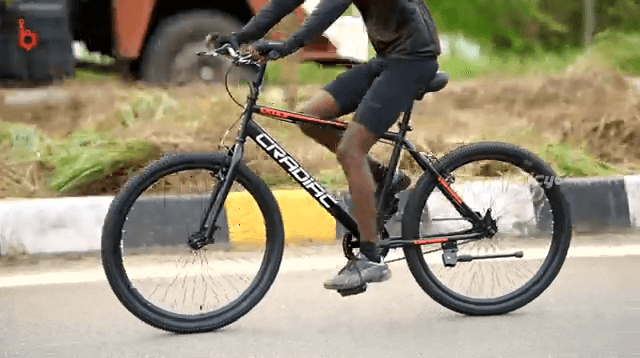
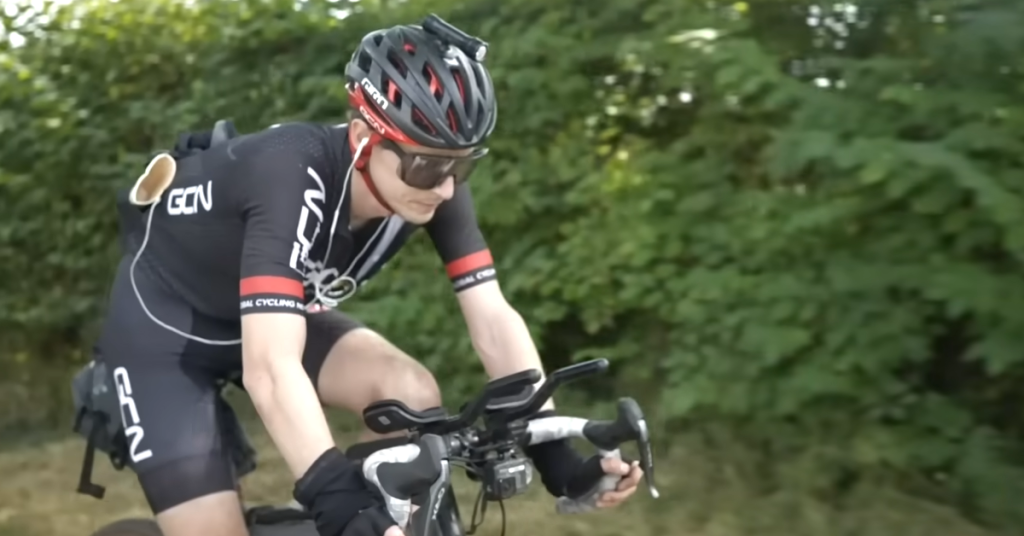
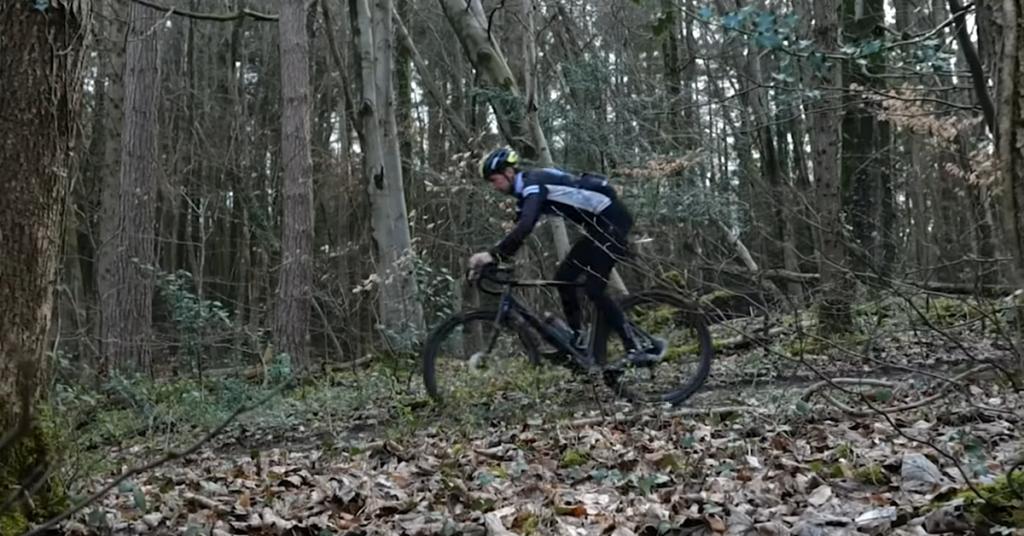
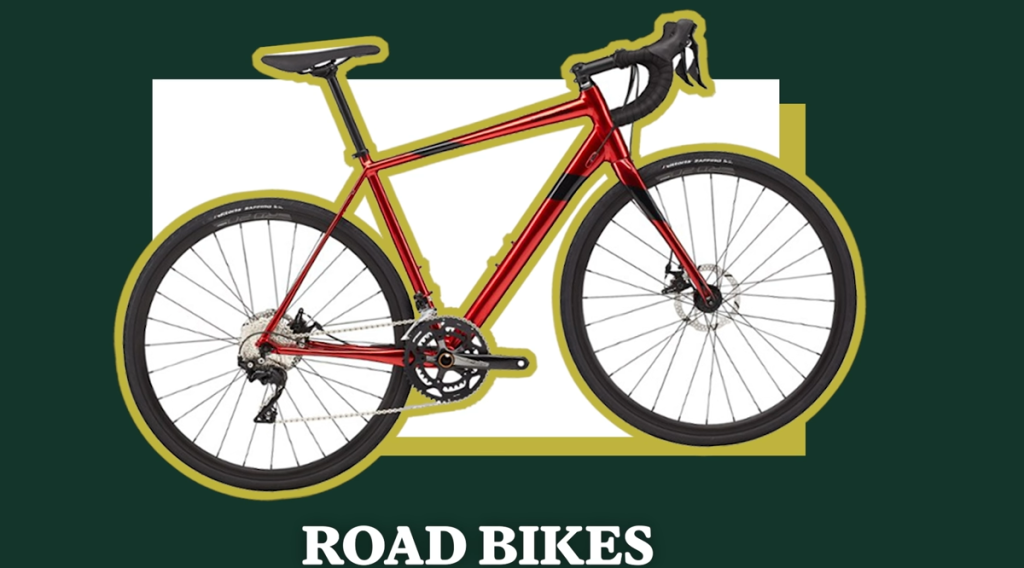
Pingback: shimano acera vs altus